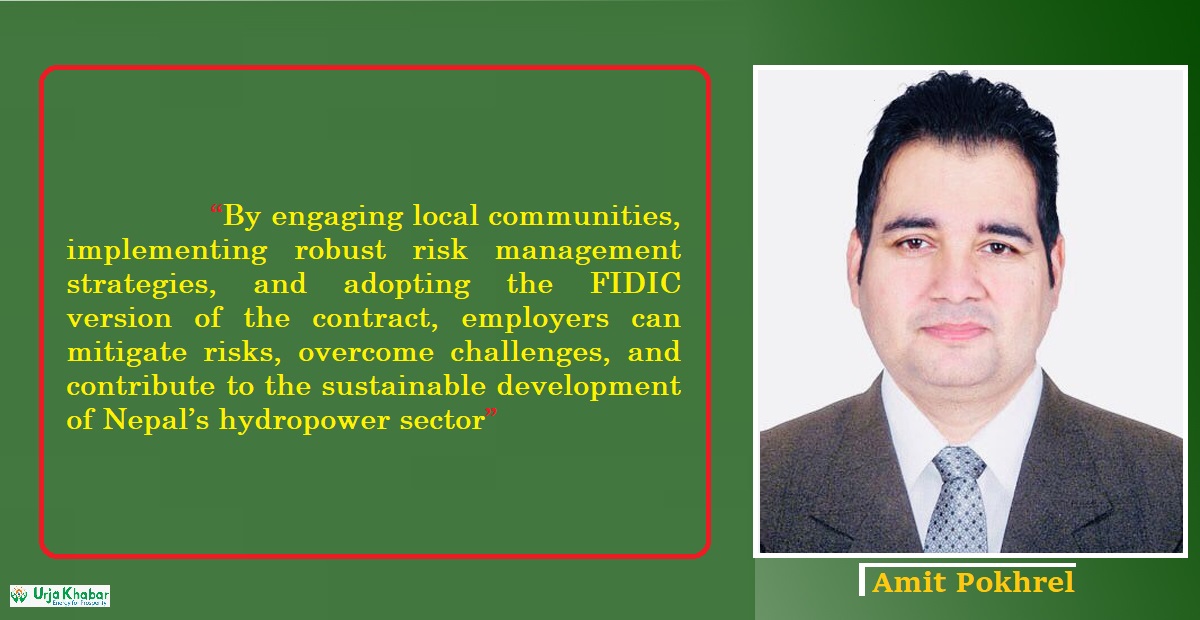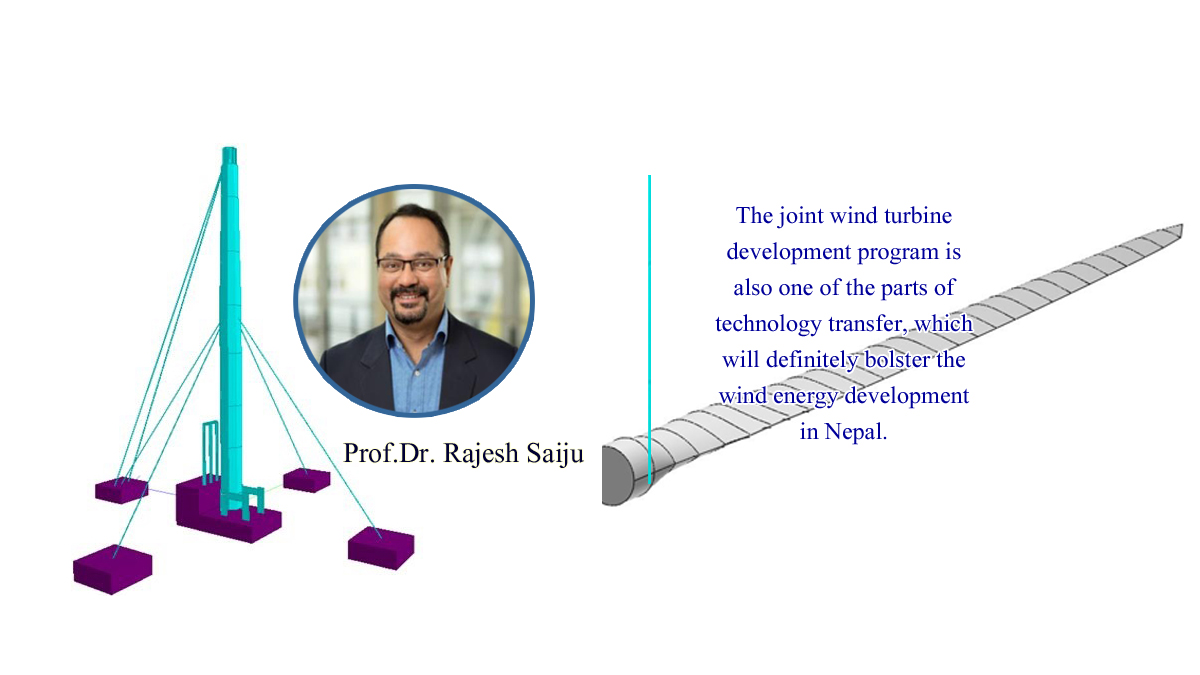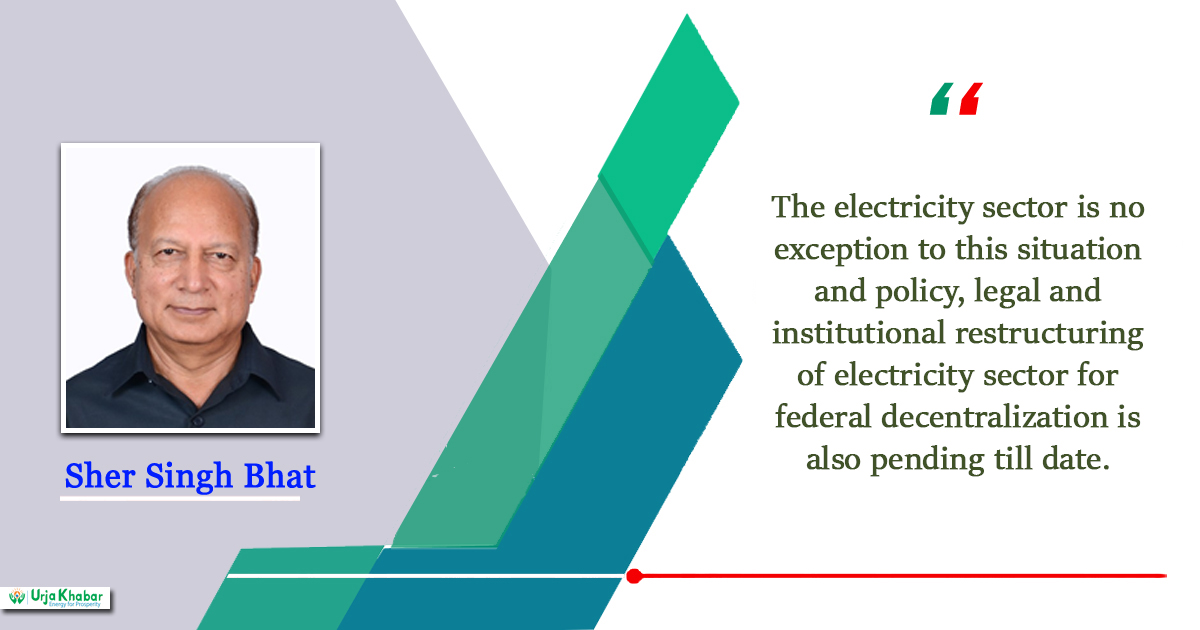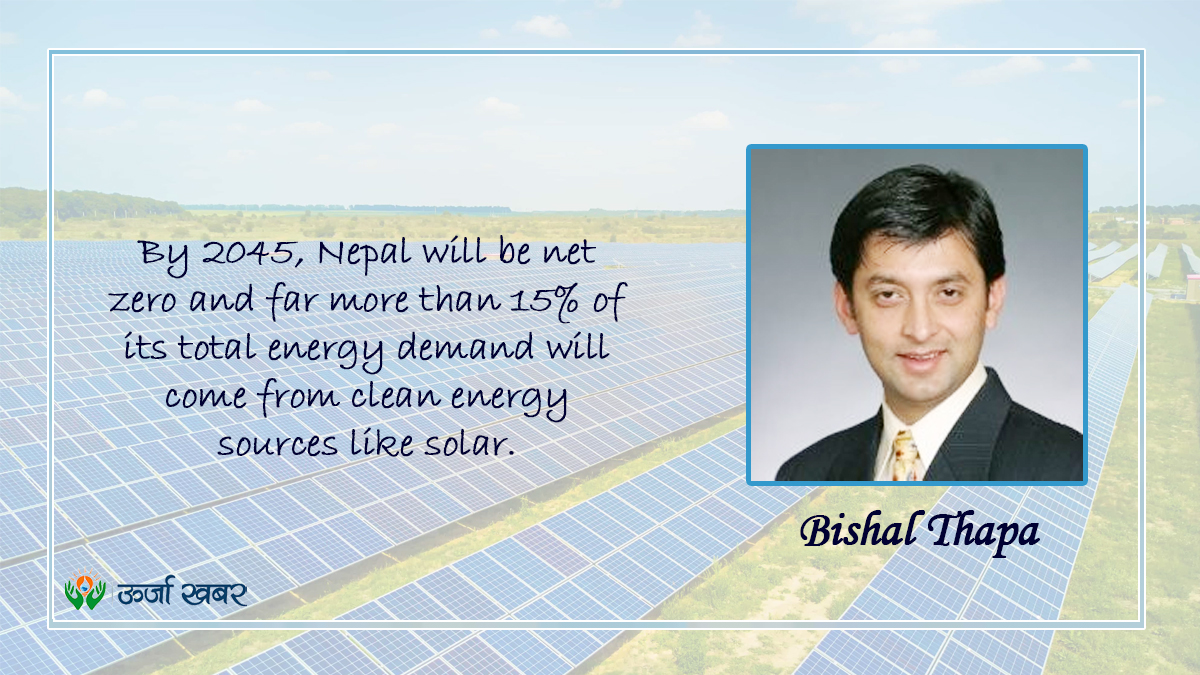Energy Update
Constructing Large Hydropower Projects in Nepal: Employers' Adaptive and Predictive Measures

In recent years, Nepal has seen a surge in large hydropower projects due to its abundant water resources and potential for clean energy generation. However, constructing such projects comes with its own set of challenges, ranging from environmental concerns to technical complexities. As an employer involved in a large hydropower project in Nepal, it is crucial to consider adaptive and predictive measures to ensure the project’s success and safeguard the employer’s interests.
Understanding the Challenges of Large Hydropower Projects in Nepal

Before delving into the adaptive and predictive measures, it is essential to understand the unique challenges that come with constructing large hydropower projects in Nepal. Some of the key challenges include:
1. Geological and Geographical Constraints: Nepal’s diverse topography and seismic activity pose challenges in site selection and construction.
2. Environmental Concerns: Large hydropower projects can have a significant impact on the local ecosystem and biodiversity, requiring comprehensive mitigation measures.
3. Technical Complexities: The engineering and construction of large hydropower projects require expertise in various disciplines, such as civil, mechanical, and electrical engineering.
4. Regulatory Framework: Navigating the legal and regulatory framework in Nepal, including obtaining necessary permits and approvals, can be a complex and time-consuming process.

Adaptive Measures for Employers in Large Hydropower Projects
To address these challenges, employers involved in large hydropower projects in Nepal should consider the following adaptive measures:
1. Engage Local Communities: Building positive relationships with local communities through stakeholder engagement and consultation can help in addressing social concerns and gaining community support.
2. Risk Management: Implementing a robust risk management strategy to identify and mitigate potential risks, such as geological hazards and construction delays, is essential for project success.
3. Flexibility in Design: Incorporating flexibility in the project design to adapt to changing environmental conditions and regulatory requirements can help in overcoming unforeseen challenges.
4. Capacity Building: Investing in the training and development of local workforce and contractors to ensure the availability of skilled labor for the project.
Predictive Measures for Employers in Large Hydropower Projects
In addition to adaptive measures, employers should also consider predictive measures to anticipate potential risks and uncertainties in the project implementation process:
1. FIDIC Contract: Adopting the FIDIC (International Federation of Consulting Engineers) version of the contract can provide a standardized framework for managing contracts and resolving disputes, thus safeguarding the employer’s interests.
2. Comprehensive Feasibility Studies: Conducting detailed feasibility studies to assess the project’s technical, economic, and environmental viability before commencement can help in minimizing risks and uncertainties.
3. Early Risk Assessments: Identifying and assessing potential risks in the pre-construction phase can help in developing mitigation strategies and contingency plans to address unforeseen challenges.
4. Monitoring and Evaluation: Implementing a robust monitoring and evaluation mechanism throughout the project lifecycle to track progress, identify deviations, and take corrective actions in a timely manner.
Why FIDIC Version is Essential for Employers in Large Hydropower Projects?
The FIDIC version of the contract is widely recognized in the construction industry for its balanced approach in allocating risks and responsibilities between parties involved in a construction project. Employers in large hydropower projects in Nepal should consider adopting the FIDIC version for the following reasons:
1. Legal Certainty: The FIDIC contract provides a legally binding framework that clearly defines the rights and obligations of each party, thus reducing the likelihood of disputes and litigation.
2. Risk Allocation: The FIDIC contract allocates risks based on the parties’ expertise and capacity to manage risks, ensuring a fair distribution of liabilities and responsibilities.
3. Dispute Resolution: The FIDIC contract includes mechanisms for resolving disputes amicably, such as mediation and arbitration, which can help in avoiding costly and time-consuming legal battles.
Employers involved in large hydropower projects in Nepal must consider adaptive and predictive measures to ensure the successful implementation of the project and safeguard their interests. By engaging local communities, implementing robust risk management strategies, and adopting the FIDIC version of the contract, employers can mitigate risks, overcome challenges, and contribute to the sustainable development of Nepal’s hydropower sector.
Conversation
- Info. Dept. Reg. No. : 254/073/74
- Telephone : +977-1-5321303
- Email : [email protected]














